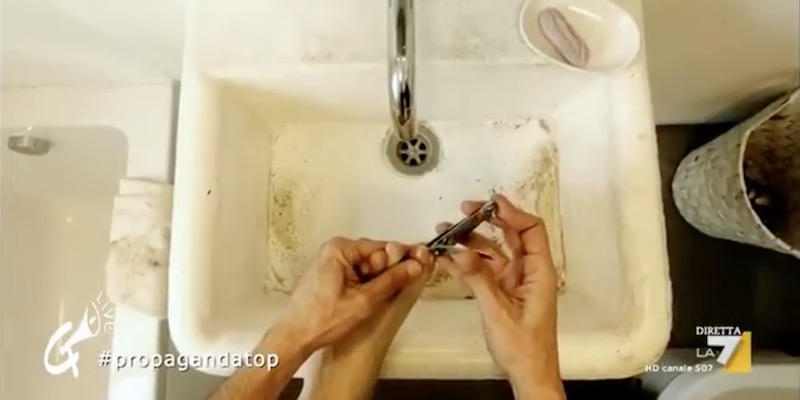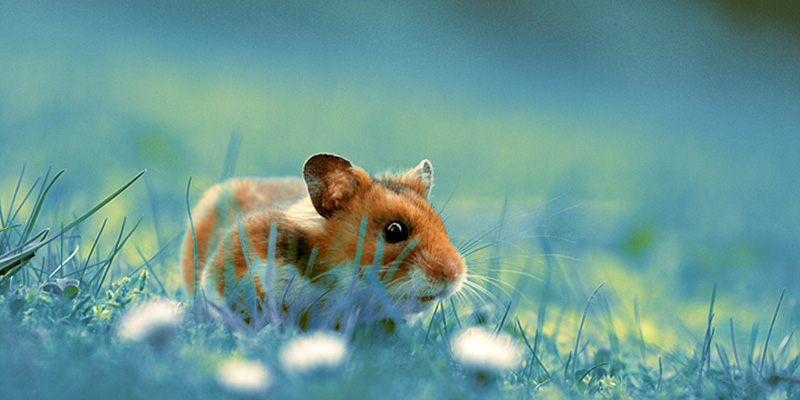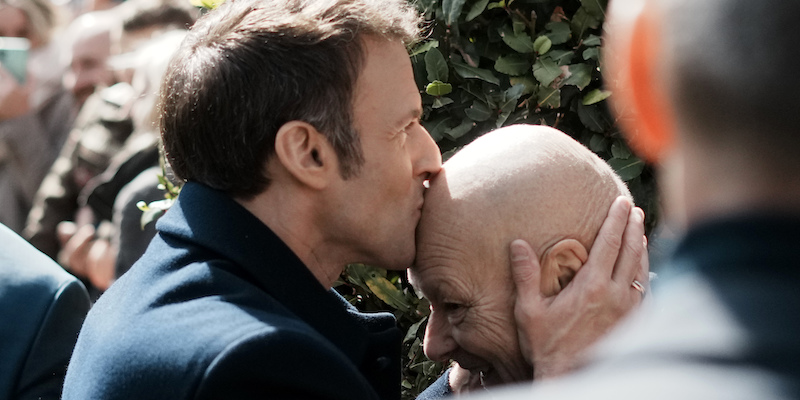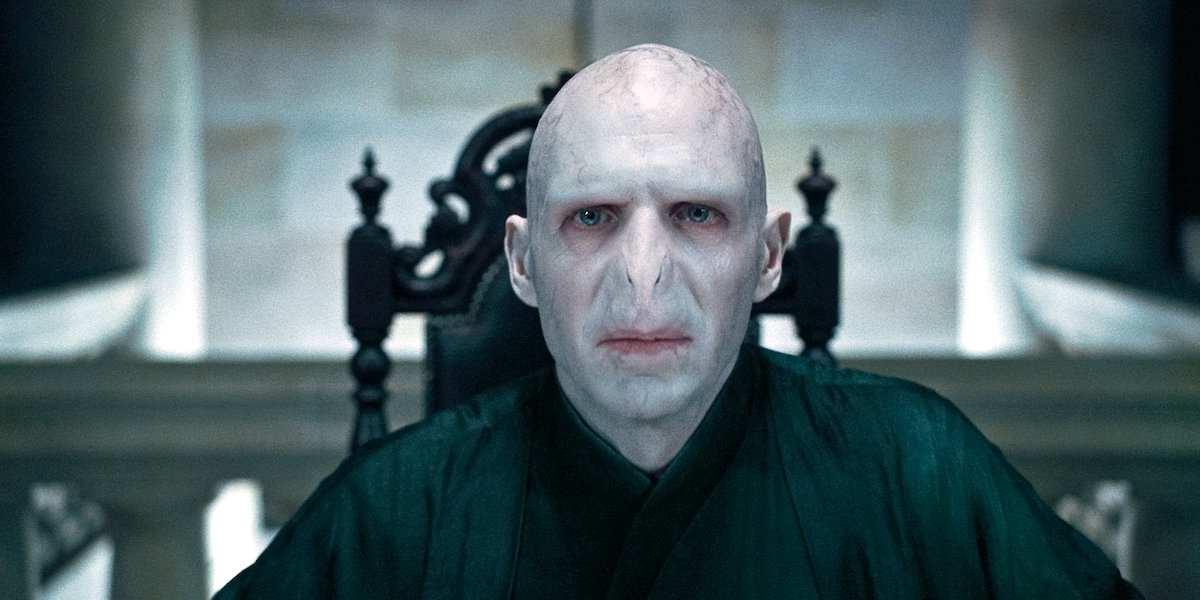“Le unghie dei piedi”, l’ultimo corto di Gipi

Nell’ultima puntata di Propaganda Live, il programma di Diego Bianchi su La7, il fumettista Gipi ha presentato un nuovo cortometraggio. Si chiama Le unghie dei piedi, e racconta di un uomo diventato politico perché sa tagliarsi le unghie dei piedi: ma bene, come le «persone vere».
Le unghie dei piedi.
Il cortometraggio di @giannigipi a #propagandalive pic.twitter.com/pz1LIT15X1
— Propaganda Live (@welikeduel) April 6, 2018


